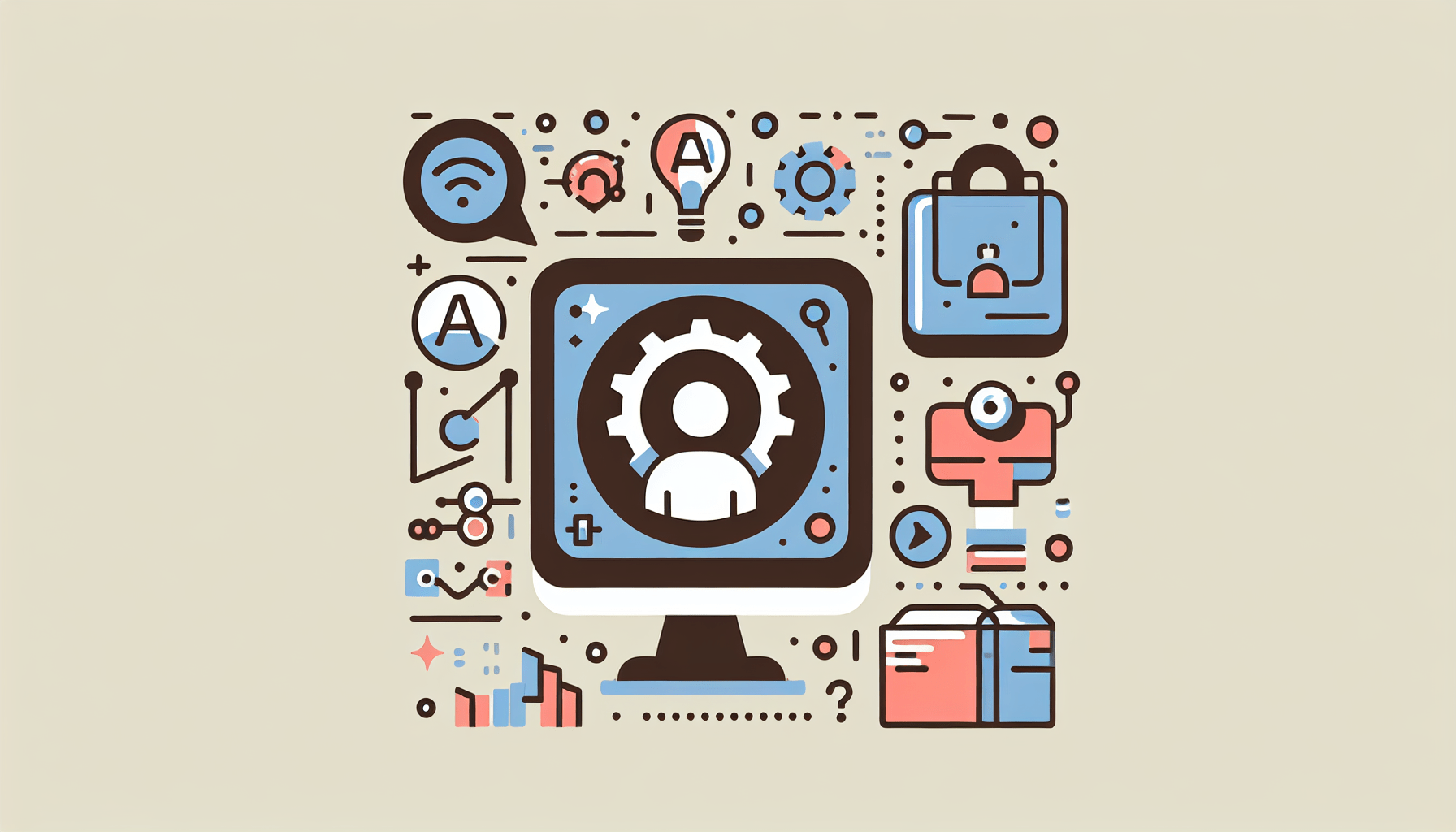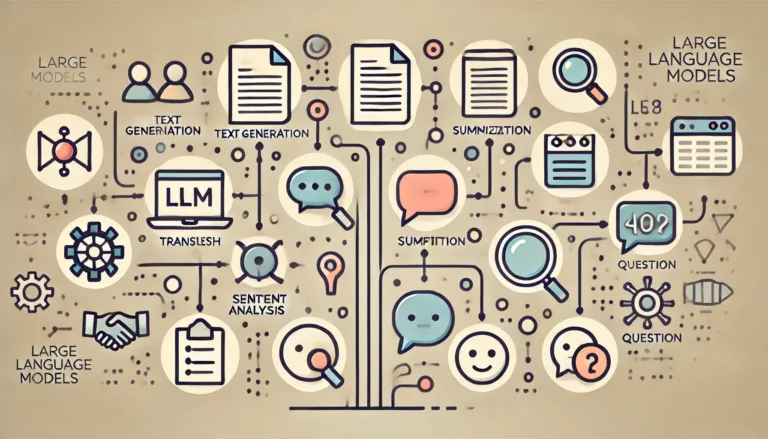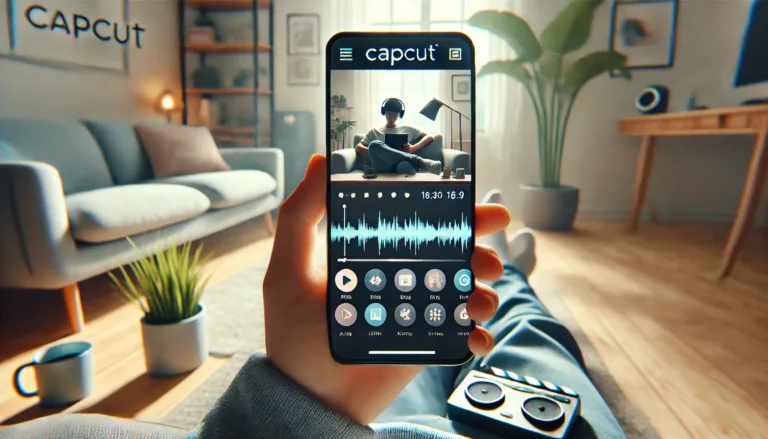Boosting Learning with AI Tools
Alright folks, let’s talk about how AI is shaking up education for the better. These tools are not just shiny new toys; they’ve got the muscle to change how we learn and teach.
Learning That Fits You
Imagine having a teacher who knows exactly what you need, like a personal tutor in your pocket. Traditional classrooms can feel one-size-fits-all, right? AI flips that script by tuning the lessons to each student’s groove. Got a knack for math but stumble over grammar? AI’s got you covered. Struggling with fractions? It’ll keep throwing problems at you until you nail it.
| Feature | Perk |
|---|---|
| Smart Study Materials | Fits lessons to your speed and skill level |
| Quick Feedback | Helps you learn faster |
| Targeted Help | Zeroes in on what you need to work on |
AI-powered platforms like Khan Academy and Duolingo are rocking this space. They tweak what you see based on how well you’re doing. Bombed that last quiz? They’ll hit you with easier questions until you’re back on track (CIS Spain).
Cracking the Code of Student Success
Teachers have a tough job trying to keep tabs on every student’s progress. But AI tools can scan through mountains of data to see things a human might miss. They can even predict when a student might be falling behind, giving teachers a heads-up in time to help.
Take Edmodo and Schoology, for instance. These platforms use AI to analyze stuff like:
| Metric | What It Tells Us |
|---|---|
| How Engaged Students Are | Spots who’s tuned in and who’s daydreaming |
| Test and Homework Scores | Highlights trouble spots |
| Class Participation | Gauges teamwork and social skills |
These tools make it easier for teachers to craft lessons that hit home. They can send personalized pointers, extra reading materials, or videos to help students who might be struggling a bit more.
Not only are these tools changing the “how” of teaching, but they also give us a new lens through which to view learning itself. Data-backed insights mean we can build a classroom where every student gets what they need to succeed (University of San Diego).
Curious to see where else AI can step in? Check out our other articles on how AI is making waves in marketing, business, and even video editing.
AI isn’t just a gadget—it’s turning into a game-changer for education. So whether you’re a student, teacher, or just someone who’s curious, it’s worth keeping an eye on where this tour-de-force is heading.
AI Tools for Student Support
AI tools are pretty much changing the game in education, making it more accessible and personal. Let’s chat about two big ways AI is shaking things up: smart study aids and virtual tutors.
Adaptive Educational Resources
Imagine having a study buddy that knows exactly what you need to work on next. That’s what adaptive educational tools do. They tweak the learning experience based on how each student performs. These tools dig into your data, figure out what you’re good at, and what needs improvement, then tailor the lessons just for you.
Here are some fan favorites:
| AI Tool | Cool Features |
|---|---|
| Smart Sparrow | Build-your-own courseware, keeps track of performance |
| DreamBox Learning | Math lessons that adjust to you, personalized pathways |
| Knewton | Learning materials just for you, tracks your progress |
These tools let students move at their own pace, making sure they really get each topic before moving on. For more on useful AI tools, jump over to our sections on ai tools for project management or ai tools for content creation.
Virtual Tutoring Systems
Virtual tutoring systems are like having a personal tutor available 24/7. These AI tutors can chat with students, give personalized tips, and adjust the teaching style to fit each learner. They can mimic real conversations, answer questions right away, break down tough concepts, and run interactive study sessions.
Some popular picks:
| AI Tool | Cool Features |
|---|---|
| Squirrel AI | Live tutoring, custom feedback |
| Thinkster Math | Math help that’s interactive and adapted to you |
| Mika | Custom tutoring, learning paths that adapt |
These systems don’t just help with understanding but make studying more fun and engaging. Plus, they’re always available, so help is there whenever you need it. For more cool AI tools, see ai tools for e-commerce and ai automation tools.
With these AI tools, every student, including those with unique needs, gets a fair shot at success. And who doesn’t love that?
Simplifying Teacher Tasks with AI
As a teacher, I’ve spent countless hours buried in paperwork. Luckily, AI tools are here to help make my life easier by handling things like grading and organizing teaching materials.
Grading Made Easy
One game-changing tool I swear by is automated grading systems. Gradescope, for example, uses smart algorithms to grade papers. This not only frees up my time but also ensures fair and unbiased grading for every student.
| Feature | What It Does For You |
|---|---|
| Time Saver | Cuts down grading time |
| Fair Grading | Eliminates bias |
| Handles More | Manages large batches of papers |
Gradescope stands out because it grades with precision. Sure, it might not be perfect for big, important exams, but for daily assignments—it’s a hero (Classpoint). If you’re curious about other tools to save your time, check out our AI automation guide.
Smarter Resource Management
AI is also a powerhouse for organizing educational stuff. It can help whip up lesson plans, quizzes, and even discussion prompts faster than you can say “Siri.”
| Tool | What It Does |
|---|---|
| Lesson Plan Wizards | Generates lesson materials effortlessly |
| Quiz Makers | Crafts fun tests and quizzes |
| Resource Organizers | Keeps all your teaching tools in one spot |
These AI tools allow teachers to spend less time on prep work and more time engaging with students. Want more examples of cool AI tools? Have a peek at our pieces on AI tools for content creation and AI tools for project management.
Bringing these AI systems into the classroom can transform your teaching experience. With automated grading and smart resource management, you can focus on what really matters: shaping young minds.
Cool New Tech in Course Development
AI is changing how we build courses by making lessons more fun and learning paths more personal. Check out these awesome AI tools that help teachers craft interactive lessons and tailor learning paths effortlessly.
Fun, Interactive Lessons
Making lessons that keep students interested is now a breeze, thanks to AI tools. Platforms like Curipod and Top Hat use AI to help teachers whip up lesson plans based on what their students need, fast.
Here’s what these tools offer:
- Gather educational resources in no time
- Create activities and real-time assessments
- Generate thought-provoking questions
- Design multimedia presentations
Take Curipod, for example. Type in a keyword, and boom—you’ve got a lesson with text, pictures, and activities. It’s a game-changer for busy teachers (Edutopia).
Here’s a quick look at some AI tools and how much time they save:
| Tool | What It Can Do | Time Saved |
|---|---|---|
| Curipod | Custom lessons with media elements | ~70% |
| Top Hat | Interactive slides, polls, quizzes | ~60% |
| ChatGPT | Quick answers and explaining tough concepts | ~50% |
These tools make learning more engaging, getting students actively involved and improving their performance (IU Blog).
Personalized Learning Paths
AI makes it easy to create learning paths that adapt to each student’s unique strengths and weak spots. This means students learn at their own speed and can really master the material.
Apps like Dreambox, Smart Sparrow, and Knewton use smart AI to look at how students are doing and recommend what to study next (Classpoint).
Here’s what they bring to the table:
| Platform | Highlights | Benefits |
|---|---|---|
| Dreambox | Adaptive math lessons | Learn at your own pace |
| Smart Sparrow | Personalized science and math activities | Master topics in-depth |
| Knewton | Tailored educational content | Focus on individual needs |
These tools help teachers meet the needs of all their students, making the classroom a supportive place for everyone. AI ensures that every student gets the help they need, no matter where they start from.
Want more on AI tools? Check out AI for marketing, AI for business, and AI chatbots. Using these tools can definitely up your teaching game, making learning better for everyone.
Making Education Work for Everyone
Creating a classroom that truly works for all kinds of students is easier with AI tools. These tools help break down barriers and open up learning chances for everyone, no matter their background or challenges. Let’s look at how AI can create welcoming, effective learning spaces and especially help students with different neurocognitive needs.
Welcoming Learning Environments
AI tools are game-changers in education. They make learning materials more accessible and help accommodate different learning needs. Here’s how:
- Voice-to-Text Software: These tools turn what’s said into text instantly. It’s a lifesaver for kids who are hard of hearing.
- Automatic Captioning: AI-driven apps create text scripts for videos and other multimedia, making it easier for students who have trouble hearing to keep up.
- Instant Translation: For students who speak different languages, AI translation tools are like having an interpreter on hand, bridging language divides and opening up the classroom to more students.
With these tools, schools can become more accessible and fair, ensuring every student gets a fair shot at learning, no matter their learning style or physical abilities. Want more info on AI in education? Check out our section on AI tools for content creation.
Helping Neurodiverse Students Learn Better
Students who think and learn differently sometimes face tough hurdles in traditional classrooms. Lucky for us, AI tools are specifically designed to offer the kind of support that caters to their unique needs.
- Tailored Learning: AI-powered Learning Management Systems (LMS) use smart algorithms to look at how students are doing and suggest learning materials or activities. This means students can learn at their own speed and get help exactly where they need it (IU Blog).
- Customized Resources: These tools adapt what they teach and how they teach it based on how a student learns best. It’s like having a personal tutor.
- Helpful Tech: For students with dyslexia or trouble reading, AI assists through text-to-speech options, where the computer reads the text out loud. This makes reading a lot less frustrating.
- Behavior Patterns: AI can look at how students act and help teachers create personalized education plans (IEPs) for those with autism, tailoring the learning experience to each kid’s needs.
By using these tools, schools can be better equipped to help neurodiverse students thrive. Want to see how AI can also make administrative tasks smoother? Read our section on AI tools for project management.
All in all, AI can make classrooms more inclusive and supportive. Everyone wins when technology helps make education accessible for all.
Tackling Challenges and Finding Gems
So, you want to dive into the wild yet exciting waters of AI in education? Well, buddy, it’s a mix of puzzles and prizes. Today, we’re talking about making AI fair for everyone and getting everyone to hold hands and sing kumbaya—sort of.
Making AI Fair for Everyone
Equal opportunity in education can’t just be a catchy slogan. AI can genuinely help level the playing field if it’s done right. Think of it as giving everyone the same kind of rocket boots to zoom through their learning journey, no matter where they start from or what obstacles they face.
Here’s how you can make AI tools friendlier:
- Inclusivity: Make sure AI helps every student, especially those with unique needs.
- Accessibility: Every kid, no matter how they interact with the world, should find these platforms easy to use.
- Affordability: Don’t let money be the gatekeeper. AI should be within everyone’s reach, no matter the budget.
Check out this quick table on how AI tools can boost inclusivity:
| AI Tool | What It Does |
|---|---|
| Adaptive Learning Software | Customizes learning paths |
| Speech Recognition Tools | Helps non-verbal kids communicate |
| Screen Readers | Supports visually-impaired students |
Remember, AI should be your sidekick, not your replacement. Teachers still matter more than algorithms. If you’re curious about AI and small businesses, peek at our guide on AI tools for small businesses.
The Big Friendly Group Hug
For AI to really work its magic, you need everyone on board—schools, teachers, students, and those tech wizard developers. Everyone’s gotta chat, share, and tweak stuff till it shines.
Here’s the game plan:
- Teacher Training: Teachers need to know how to wield these AI tools like pros.
- Student Feedback: Listen to the kids—they’re the ones using this stuff.
- Developer Support: Stay in touch with the tech folks to keep everything slick and working.
Getting feedback from teachers and students while rolling out stuff like automated grading makes sure the tech helps without taking over. Teachers adding their thoughts keep the human touch alive (CIS Spain).
For extra nuggets of wisdom, swing by our pieces on ai tools for marketing and ai tools for project management.
With fair, inclusive AI and a bit of teamwork, we can make learning better for everyone. Let’s turn these tech gizmos into our trusty sidekicks in education!









